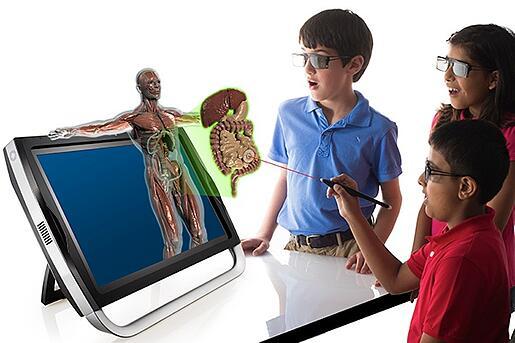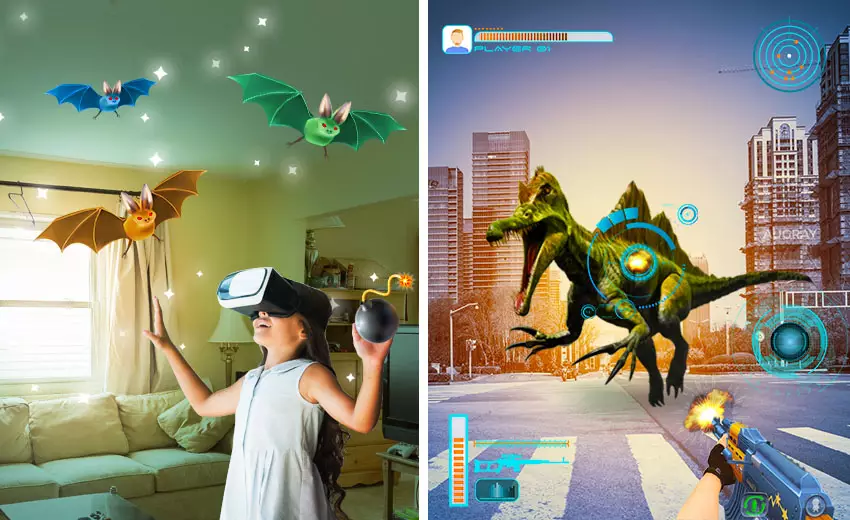Augmented reality (AR) is revolutionizing traditional education by enhancing classroom experiences in innovative ways.
In AR, digital content is superimposed onto the physical world, creating an interactive and immersive learning environment. Here are some key points about the use of augmented reality in the classroom.

Enhanced Learning Engagement: AR brings subjects to life by making abstract concepts more tangible also engaging. Students can interact with 3D models, historical events, or scientific processes, making learning more fun and memorable.
Personalized Learning: AR can adapt to individual learning styles and paces. With apps, students can explore topics at their own speed, ensuring a more personalized learning experience.
Real-World Applications: AR bridges the gap between theoretical knowledge and real-world applications. It allows students to simulate various scenarios, like conducting virtual chemistry experiments or exploring historical sites, preparing them for practical challenges.
Improved Understanding: Complex subjects become more comprehensible with AR. For instance, anatomy classes can use to explore 3D models of the human body, promoting a deeper understanding of the subject matter.
Collaboration: Encourages collaborative learning. Students can work together on projects or activities, promoting teamwork and problem-solving skills.
Accessibility: This can make education more accessible for students with disabilities. It offers audio descriptions also visual aids to accommodate diverse learning needs.
Immediate Feedback: Apps can provide instant feedback, helping students correct mistakes also reinforcing their understanding of the material.
Motivation: The interactive and immersive nature of AR can boost students’ motivation, making them more eager to participate also learn.
AR apps can update in real time, ensuring that educational content remains current and relevant.
Preparing for Future Technology: Incorporating in the classroom prepares students for a future where technology is integral to their daily lives and careers.
However, the successful integration of AR in education requires adequate training for teachers and access to suitable devices and apps. Furthermore, educators need to address privacy also security concerns when implementing in the classroom.
Augmented reality has the potential to transform education by making learning more engaging, interactive, also adaptable. As technology continues to advance, it will only expand the possibilities for AR in education, offering exciting opportunities for both teachers and students. 온라인카지노사이트
